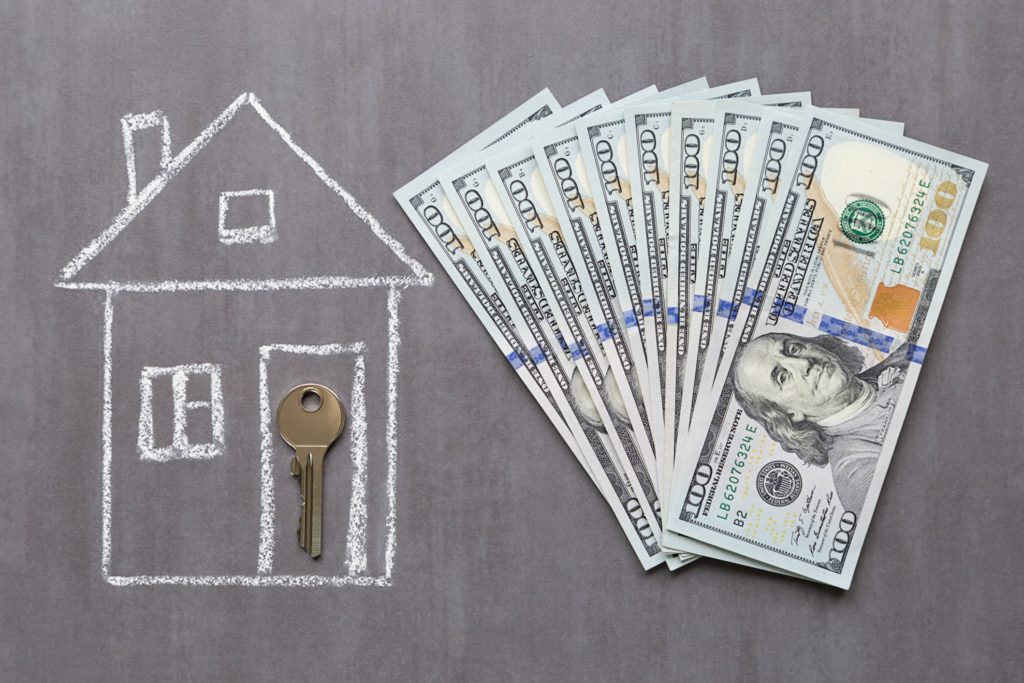In any crisis, like a recession or the current pandemic, there will be winners and losers. Single-family rentals are showing signs of being on the winning side.
Advantages For Landlords
“The COVID-19 pandemic will make homeownership more difficult for many Americans suffering employment loss and potential reduction in credit scores,” says Ted Jones, chief economist at Stewart Title Guaranty Company. “However, this will continue to drive rental demands, particularly for certain products. I think single-family rental markets is in the catbird seat as we speak right now.”
The new generation of home-dwellers is more inclined to rent than buy. According to Pew Research, the millennial generation—which accounts for roughly half of US households with children—are more likely to rent than own a home compared to previous generations.
According to “The Dream on Hold,” a study by RENTCafe, an online apartment-finding service, census data showed that over the last decade homeownership by families declined by nearly 3.6 million. By contrast, the number of families living in rentals rose by 1.9 million.
Another factor benefitting single-family rentals is the impact COVID-19 is having on America’s biggest cities. Writing for the New York Times, Sabrina Tavernise reports that “the virus has found fertile ground in the density that is otherwise prized. And it comes as the country’s major urban centers were already losing their appeal for many Americans as skyrocketing rents and changes in the labor market have pushed the country’s youngest adults to suburbs and smaller cities often far from the coasts.”
Necessary Adaptations
Along with these favorable conditions for single-family rentals comes a series of challenges for property owners who must quickly adapt to the ever-changing guidelines and regulations concerning essential services, showings, property maintenance, and cleaning and eviction protocols. Because we are still in the thick of the pandemic, these directives are constantly changing, so be sure to keep abreast of your county and city guidelines and let your tenants be aware of them as well.
- Showings
Like real estate agents, most landlords have halted in-person property tours and replaced them with virtual tours. Video conferencing services like Zoom, Google Hangouts, Skype, and FaceTime have come to the rescue as we continue to practice social distancing.
Instead of doing individual virtual walk-throughs, you can streamline the process. Record a video on your phone as you walk through your rental property. It’s also helpful to take pictures of amenities you wish to highlight. Then, post it online to both advertise the property and replace the need for in-person tours.
- Maintenance
Perform emergency repairs only. Let your tenants know that in order to keep everyone safe and healthy, non-essential repairs are suspended. If there is an emergency repair that must be fixed in a timely manner, follow the CDC’s safety guidelines.
The following would classify as essential repairs:
- Leaking pipes
- Broken furnace or air conditioner
- Broken washing machine or dryer
- Leaking roof
- Smells of gas or noxious fumes
- Growing mold
- Broken stove or refrigerator
- Backed up toilet or sewage drain
- Power outage
- Broken key to unit
- Fire or smoke damage
- Water heater isn’t working–no hot water
For non-essential repairs, property owners and managers around the country are assisting renters via technology, such as:
- How-to videos with step-by-step instructions
- Video calls (via FaceTime, Skype, etc.)
- Asking for pictures or videos of maintenance issues and assisting tenants virtually and/or giving access to necessary tools.
Evictions
California Governor Gavin Newsom has extended the executive order issued in March that allowed local governments to enact COVID-19 eviction moratoriums. The statewide order was pushed back through July 28 and applies to any local orders that were set to expire as well.
The California Apartment Association has issued the following advice for landlords weighing the concurrent legislative, executive, and judicial orders:
“Continue to follow any applicable local moratorium and the federal eviction moratorium if a property is federally assisted, as these measures may limit the ability to serve a three-day notice to pay or quit. Local moratoria also may also limit the ability to carry out ‘no fault’ evictions and give tenants financially affected by the pandemic an extended repayment period. If a property is not subject to the federal moratorium or a local ordinance, the owner can serve a three-day notice to pay rent or quit but cannot enforce it in court.”
Many landlords have also decided to stop charging late fees for rent. This takes even more pressure off of tenants and shows that you’re willing to work with them to provide some relief. You may also want to consider allowing renters to break their lease, if necessary.
For more detailed information on Landlord-Tenant Regulations during Covid-19, click here.
Can We Help?
Amid this rapidly changing environment with both opportunities and challenges for single-family renters, rely on the industry knowledge and experience of Julie and her team to stay on top of the game.
Call Julie at 650.799.8888 or Julie@JulieTsaiLaw.com to schedule a free consultation.




